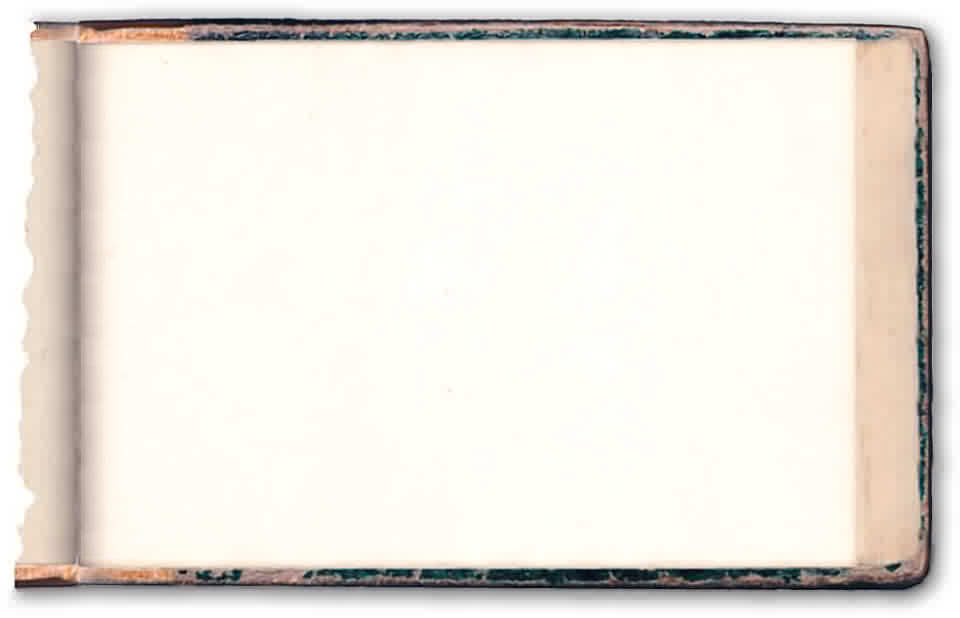
THE first
known event for our branch of the Annetts occurs when, after the
requisite three weeks of banns have been called, Daniel
Annitts
marries Mary Voller at the Church
of the Holy Cross,
Binsted, Hampshire.  Both are aged about 29. That might seem a
bit
old for a first marriage, but there’s no evidence to date
of
any
prior
spouses. It could simply be the result of Daniel only now
having
reached the
position where he can support a wife.
Both are aged about 29. That might seem a
bit
old for a first marriage, but there’s no evidence to date
of
any
prior
spouses. It could simply be the result of Daniel only now
having
reached the
position where he can support a wife.
What is he doing for a living? Later, we find him employed by Lord Stawell as one of the keepers of Woolmer Forest, which is about seven miles from Binsted on foot. It's a fair bet that he's already working on the land, along with most of the 7,250,000 inhabitants of Britain. This 1751 map of Hampshire (Binsted can be found in the Alton Hundred, top right corner of the map) paints a picture of bucolic plenty: “The Air is temperate, and the Soil fertile in all sorts of Grain … There is not a more inviting County in Great Britain, as well for Profit as Pleasure.” The map shows that Mary and Daniel’s nearest market is the Saturday market at Alton, an ancient gathering predating Domesday.
T. Kitchin, Geographer, might declare that the “air is temperate” but this year has seen the wettest summer since records began in 1697, the first in a ten-year sequence of summer deluges. The harvest has been late and scant. In February a harsh gale blasted most of southern England, destroying ships on the Thames. As Daniel and Mary begin their life together they might well be hoping for a 'temperate' season in the coming year.
On the national scene this is the year that numbered regiments are introduced; a duty is slapped on gin to put an end to the excesses depicted in Hogarth's 'Gin Lane'; and the Calendar Act decrees that henceforth the year is to begin on 1st January instead of 25th March, making 1751 three months short. It's not hard to imagine the elder Annetts and Vollers huddling together on this November day, muttering darkly about the folly of tinkering with time.
 Both are aged about 29. That might seem a
bit
old for a first marriage, but there’s no evidence to date
of
any
prior
spouses. It could simply be the result of Daniel only now
having
reached the
position where he can support a wife.
Both are aged about 29. That might seem a
bit
old for a first marriage, but there’s no evidence to date
of
any
prior
spouses. It could simply be the result of Daniel only now
having
reached the
position where he can support a wife.What is he doing for a living? Later, we find him employed by Lord Stawell as one of the keepers of Woolmer Forest, which is about seven miles from Binsted on foot. It's a fair bet that he's already working on the land, along with most of the 7,250,000 inhabitants of Britain. This 1751 map of Hampshire (Binsted can be found in the Alton Hundred, top right corner of the map) paints a picture of bucolic plenty: “The Air is temperate, and the Soil fertile in all sorts of Grain … There is not a more inviting County in Great Britain, as well for Profit as Pleasure.” The map shows that Mary and Daniel’s nearest market is the Saturday market at Alton, an ancient gathering predating Domesday.
T. Kitchin, Geographer, might declare that the “air is temperate” but this year has seen the wettest summer since records began in 1697, the first in a ten-year sequence of summer deluges. The harvest has been late and scant. In February a harsh gale blasted most of southern England, destroying ships on the Thames. As Daniel and Mary begin their life together they might well be hoping for a 'temperate' season in the coming year.
On the national scene this is the year that numbered regiments are introduced; a duty is slapped on gin to put an end to the excesses depicted in Hogarth's 'Gin Lane'; and the Calendar Act decrees that henceforth the year is to begin on 1st January instead of 25th March, making 1751 three months short. It's not hard to imagine the elder Annetts and Vollers huddling together on this November day, muttering darkly about the folly of tinkering with time.




